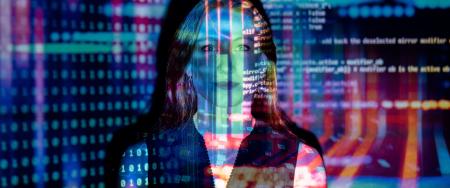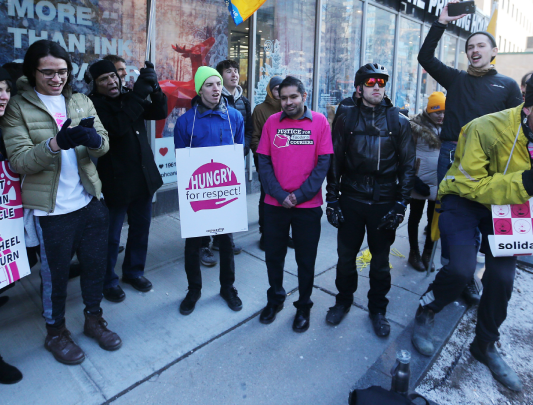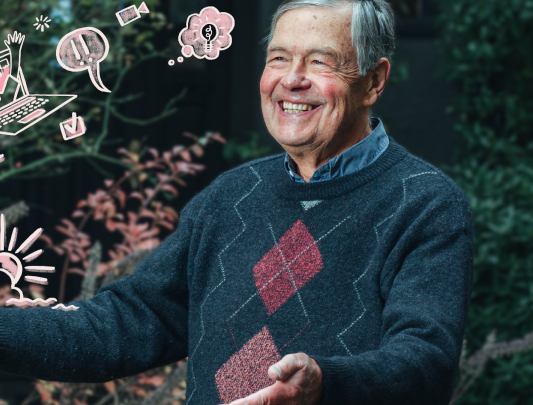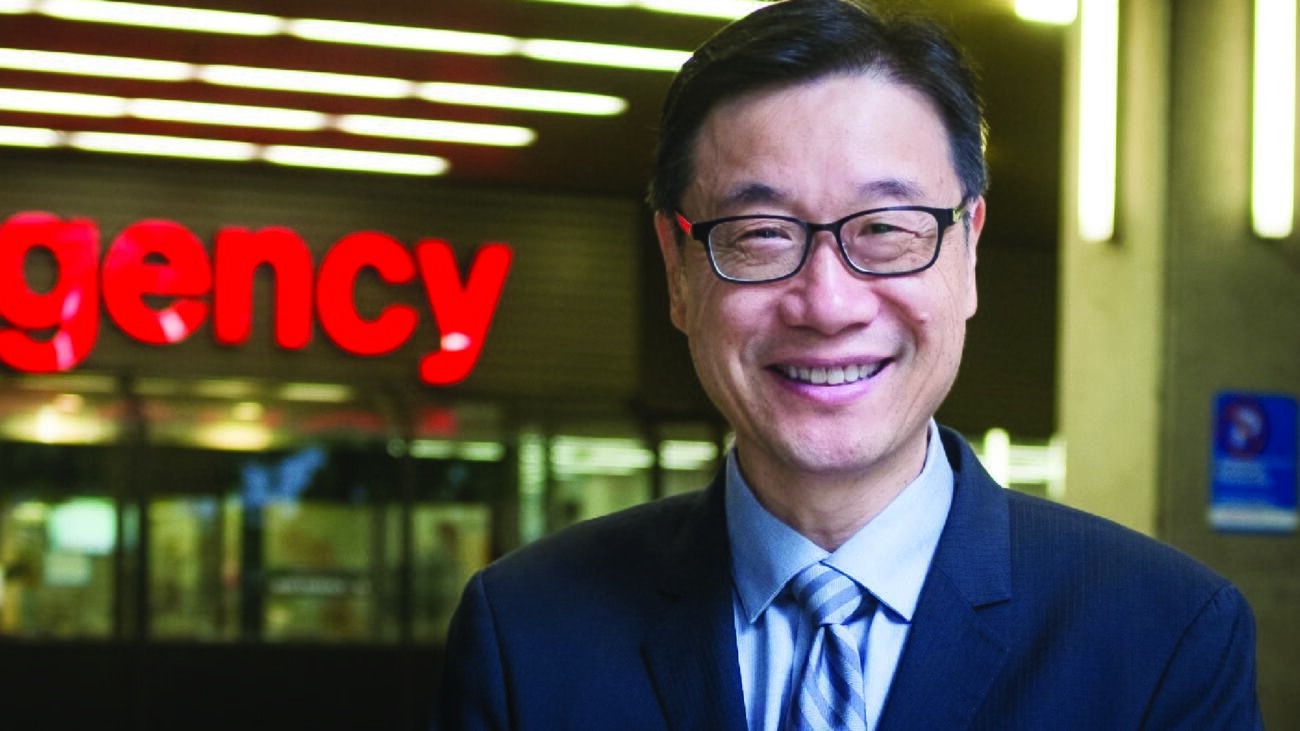
Dr. Kendall Ho is the lead medical consultant for the Digital Network for Remote Physical Work project.
Send in the robot
Zoom works for the information industries, but how do we perform physical work remotely?
In a world where close contact with other humans has become a risky business, we must devise ways to maintain robust production while keeping our populations safe. Remote services such as Zoom have made this much easier for the information industries, but we haven’t entirely solved the problem of doing physical work from a distance. Enter the robot.
While the drive to create more remote robotic solutions to dangerous physical work in mining and heavy industry is in full swing, more delicate tasks that require close physical contact are also being revolutionized. None of these is more intriguing than the challenges of personal healthcare, with robotic surgery a prime example. And now COVID has prompted research into the remote delivery of care for patients in long-term care facilities or health-challenged people in their own homes.
Kendall Ho, a professor in the department of emergency medicine, is part of Canada’s Digital Technology Supercluster and lead medical consultant of the Digital Telework for Remote Physical Work project, headed by the company Sanctuary AI. The project is creating robots that healthcare providers can operate remotely using 4G/5G networks to gather health information now only available by visiting a medical office. Ho’s UBC co-lead is Karon MacLean, a professor of computer science whose research interests include human-computer and human-robot interaction.
While much of the hardware for this project already exists, the challenge is to create a system to remotely acquire data – such as heart rate and electrical rhythm – from patients at long-term care facilities or in their homes, and deliver it in digitized form to an off-site practitioner.
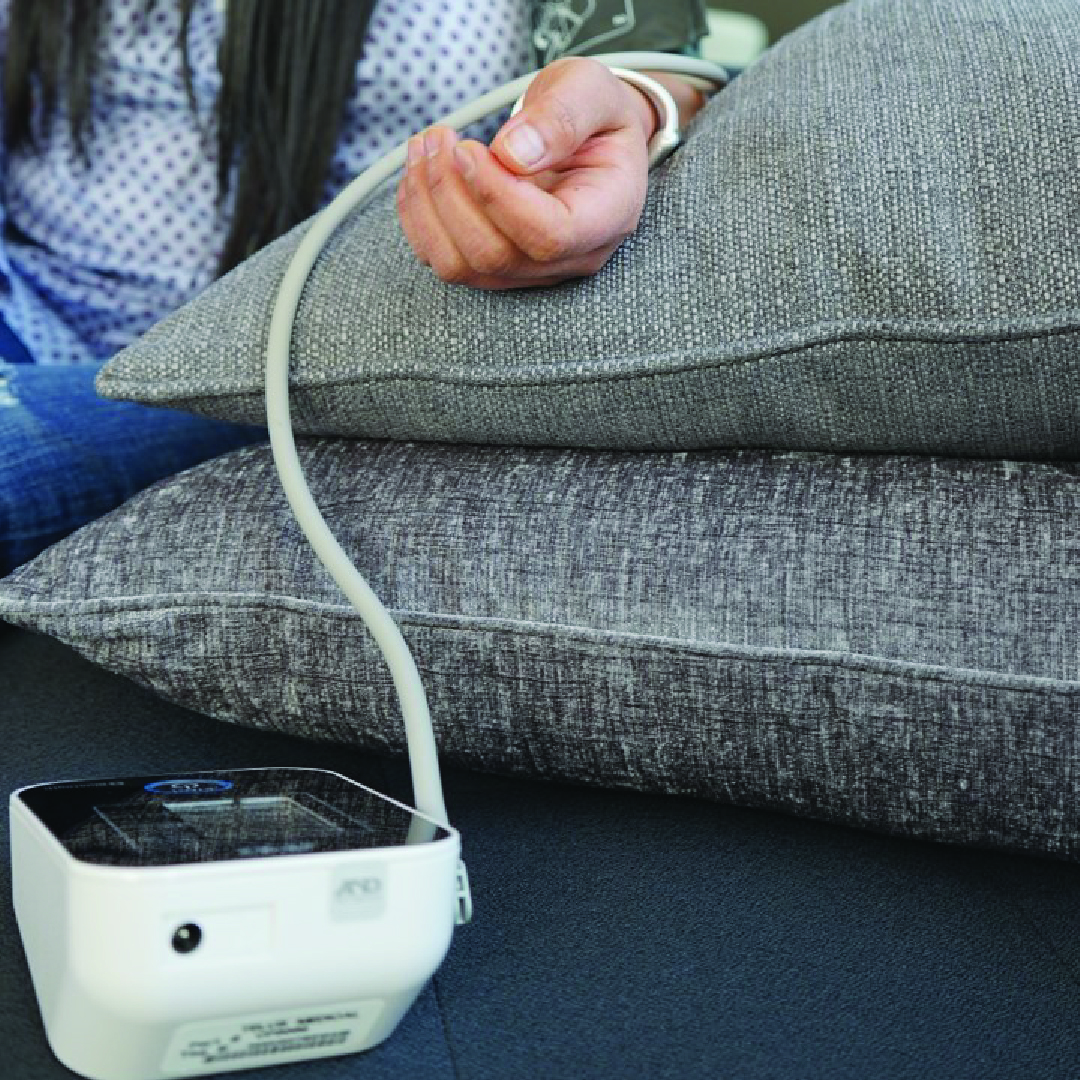
With further advancements, this tool may be able to do blood work, test insulin levels, perform hands-on examinations, and even execute complex applications such as iron infusions, all under the supervision of a remote provider. As well, the AI upon which the technology is based has the potential to learn and automate some elements of the care provided, which would free up providers for care requiring higher-level skills.
But it won’t always be a case of sending in the robots. “We need to deploy these technologies thoughtfully,” says Ho, “so that when it’s appropriate to be face to face, we can be.”
While COVID-19 and the desire to keep both patients and healthcare workers safe has been a catalyst for the development of this technology, the applications for remotely controlled general purpose robots will likely increase in other labour-intensive industries.
The science of robotics is revolutionizing the nature of work by making it safer and more convenient, as well as saving time, cutting costs, and freeing up workers for other tasks.
And while robots have been the source of many science fiction horror stories, they continue to drive progress in all areas of human endeavour.

























